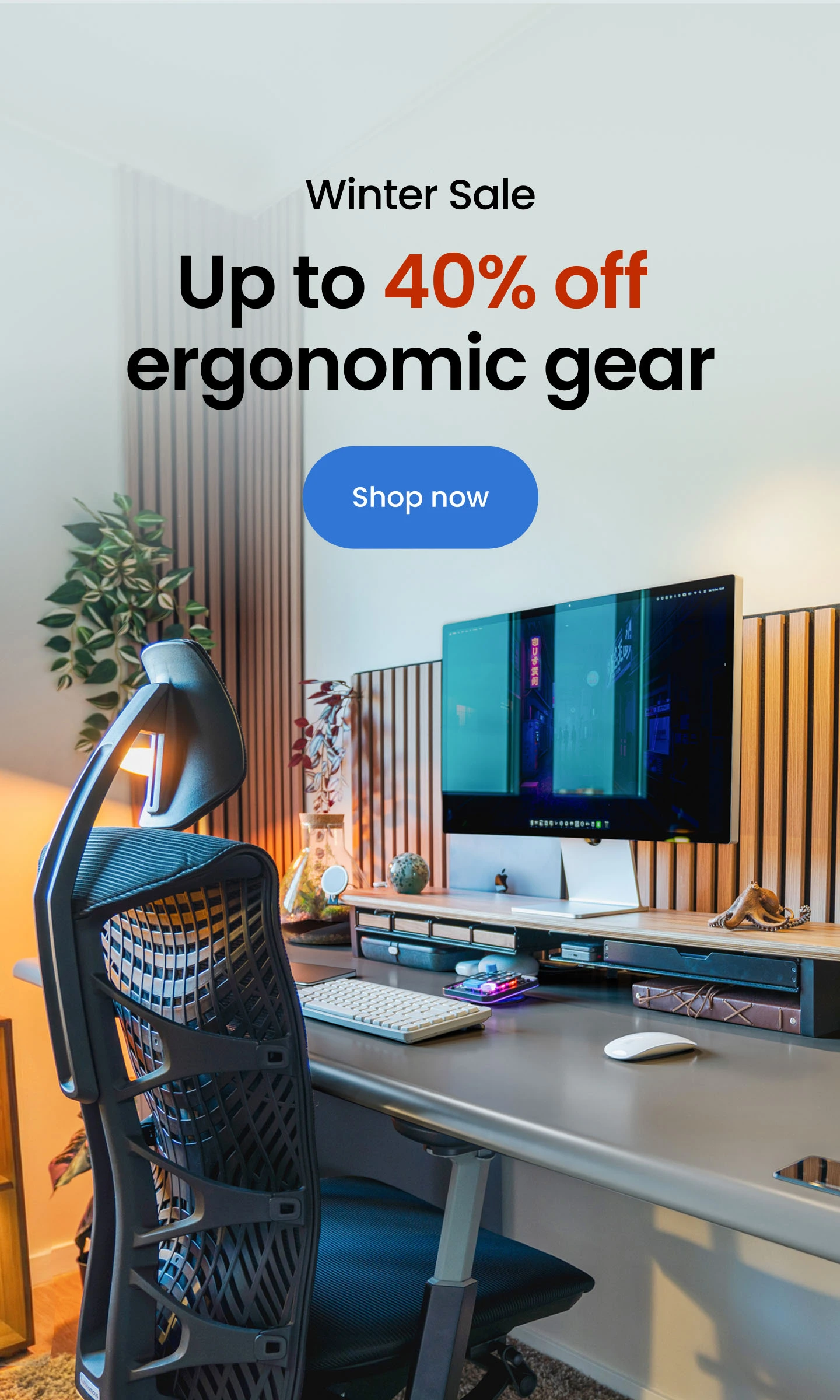
Creating People-First Workplace: Benefits of Human-Centered Design
In this economy, where everyone is being overworked and underpaid, it’s very difficult to motivate employees to give their best, and honestly, it’s not even their fault. Working a nine-to-five might be one of the most exhausting and draining things to do, but not when you’re employed at a human-centric workplace. What’s a human-centered design? How does it improve the overall productivity and increase the morale of the workforce? Is it really true, or is it just a marketing tactic?
Human-centered designs are the best way to accommodate the needs, demands, emotions, and behaviors of people directly involved in the design process. It involves understanding the demands and needs of the user, collecting feedback and reviews, and revisiting until it’s exactly what benefits and caters to the user’s demands. In other words, think of it as a way to acknowledge the feelings, emotions, and demands of people and cater to them as efficiently as possible.
Mainly used in product design, human centered designs have been scientifically proven to provide optimum features, content, and functionality at the right time to improve the user experience. But if it’s that beneficial, what if we have human-centered design at our workplaces? Let’s take a look at all the benefits.
Benefits of a Human Centered Design Workplace
Increased Employee Engagement
One of the biggest reasons why the productivity rates of a workplace drop are because of the lack of personal interest of the employees, and a lot of the time, they execute a certain task just to get rid of the responsibility. The employee engagement is zero. But not if the workplace has a people-centric design. In that case, every single issue of the employee regarding the task is briefly considered, and appropriate steps are taken.
The employee’s comfort, demands, and problems are assessed and noted. Didn’t get it? For example, while working, you were met with a problem and didn’t have the tools or means to deal with it, and it seemed way too out of reach for you to handle. This is where the employee-centric design comes into play and determines the root cause of the problem along with the appropriate solution.
And if it still seems difficult, the human-centered design also provides relevant training, tools, and helpful technologies for the execution of the task.
Improved Customer Experience
If we want to see how effective human-centered design is, we can always compare the customer experience of a workplace with human centered designs and the one without human centered designs. But what do human centered designs do that helps in not only increasing employee engagement but the overall customer experience as well?
A human-centric workplace is particularly designed to identify the needs and issues of customers, and we all know that not only does that help in the manufacture of better and more customer-centered products and services, but it also helps in boosting sales and increasing profit levels.
And it goes without saying that if the organization prioritizes customer opinions and feedback and regularly upgrades its products thanks to the human-centered work system, customer loyalty also benefits them exponentially.
But how does a people-centric design help in improving customer experience? For that, it identifies the most common and frequent customer issues and develops the appropriate strategies to overcome them. This might include improvement in product quality, change in product design, better customer service, improvement in the website of the organization, and speeding up the ordering process.
Increased Innovation
How does HDC increase innovation? It can be done by making people feel valued and seen by considering their opinions, views, issues, and reservations. Once people feel like they’re an asset to the organization, they’ll start benefiting just like an asset does.
Through human centered designs, people develop professional and creative confidence, which allows them to manufacture new products with better designs, provide more efficient services and overall, just improve the user experience. And we all know this stuff directly improves the organization’s yearly profits and makes it one of the biggest threats in its relevant markets.
Not only that, but the more people are creatively involved in the organization, the more accountability there is, and the more ideas are proposed. Human-centered design can also help the company identify new marketing strategies and increase sales exponentially while reaching the perfect target audience.
Higher Retention Rates
Again, if the organization makes the employees feel more than just a bunch of peasants overworking themselves to generate profit, people would actually put in the effort and practically show loyalty towards their job.
And if your workplaces are up to date and have a human-centered interior design that focuses on employee comfort, employees are more likely to stay with the organization. In this case, the human-centered design system evaluates the most common issues reported by the employees and tackles them, which in return, improves the overall work environment and productivity and makes the experience a lot more positive than before.
Focus on Employee Comfort
As we have mentioned earlier, the more valued the employees feel, the more effort they will put into their daily tasks, and the more the company will benefit. In fact, another way to make workplaces employee-centric is by upgrading the interior design according to what’s the most useful and convenient. Furniture is something that is used on a daily basis and has a big part in setting the tone for the day. Little things like squeaky chairs, unbalanced desks, and uncomfortable office chairs can ruin the work day before even something unfortunate happens. And to prevent minor yet extremely irritating things like that, simple office setup ideas are just what you need.
For example, one of the first steps to upgrading human-centered interior design is by purchasing bulk furniture like office chairs wholesale. In fact, after thorough market research, you can find many useful pieces of furniture like ergonomic office chairs, adjustable desks, and wholesale office desks online.
Bottom Line
All in all, while implementing human-centered design might sound bougie or intimidating at first, as long as you follow the right steps, you, too, can turn your workplace into something people would actually want to inhabit.
And that covers our guide on human-centered design. We hope you found the guide helpful, and if you did, remember to share this with your friends. With that, stay curious, guys, and thanks for reading.
Spread the word
.svg)







